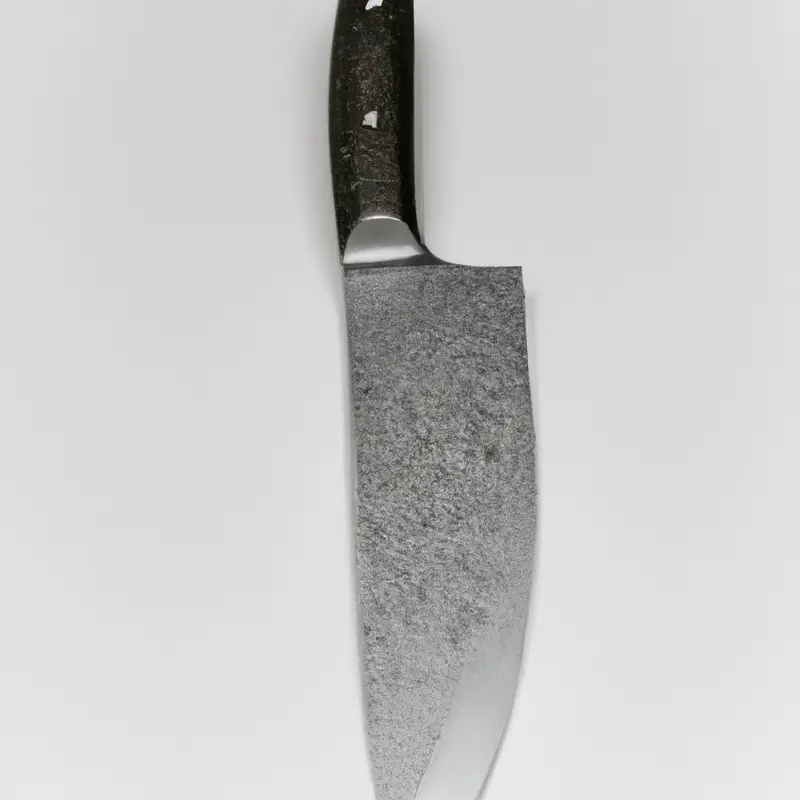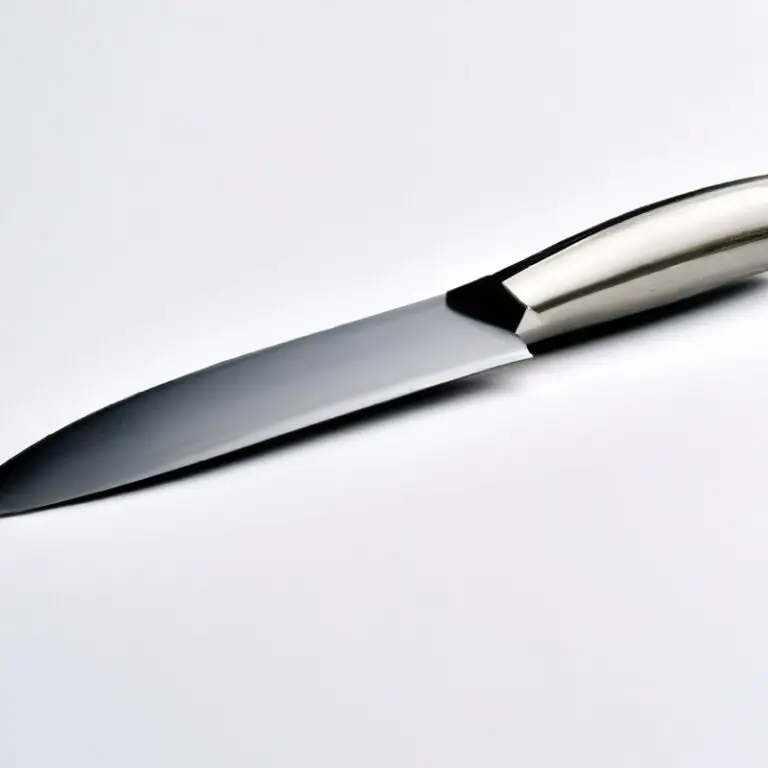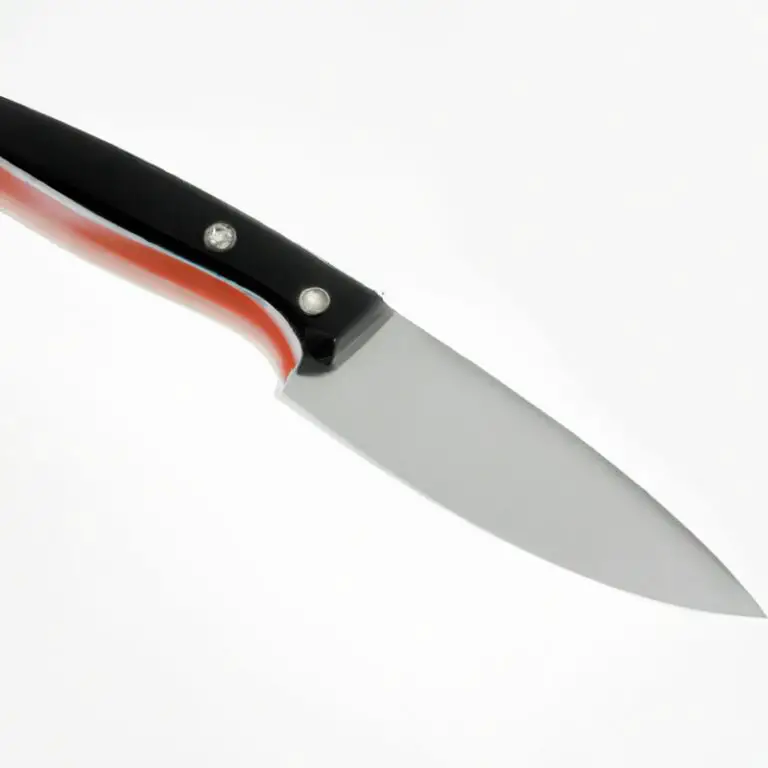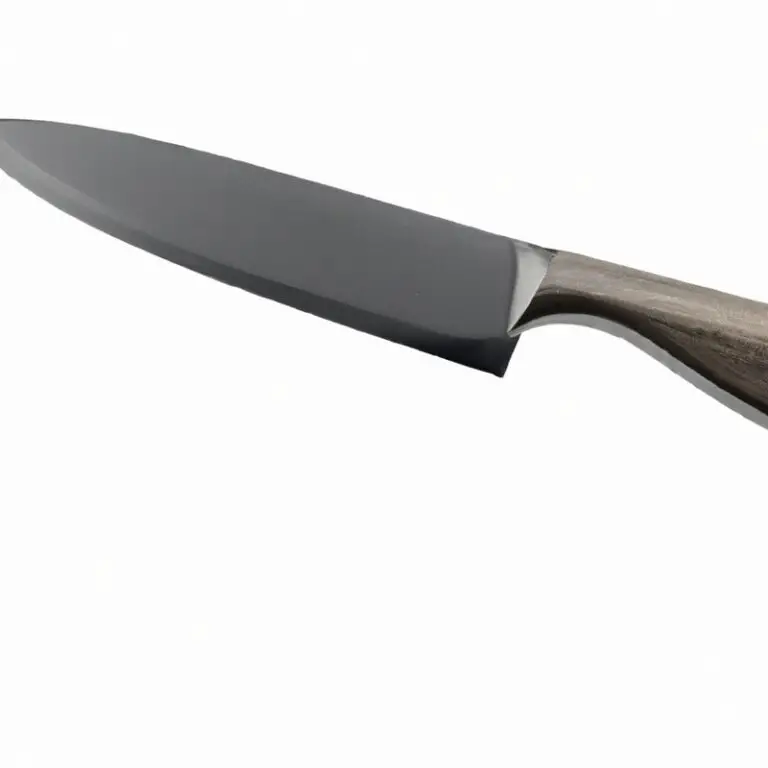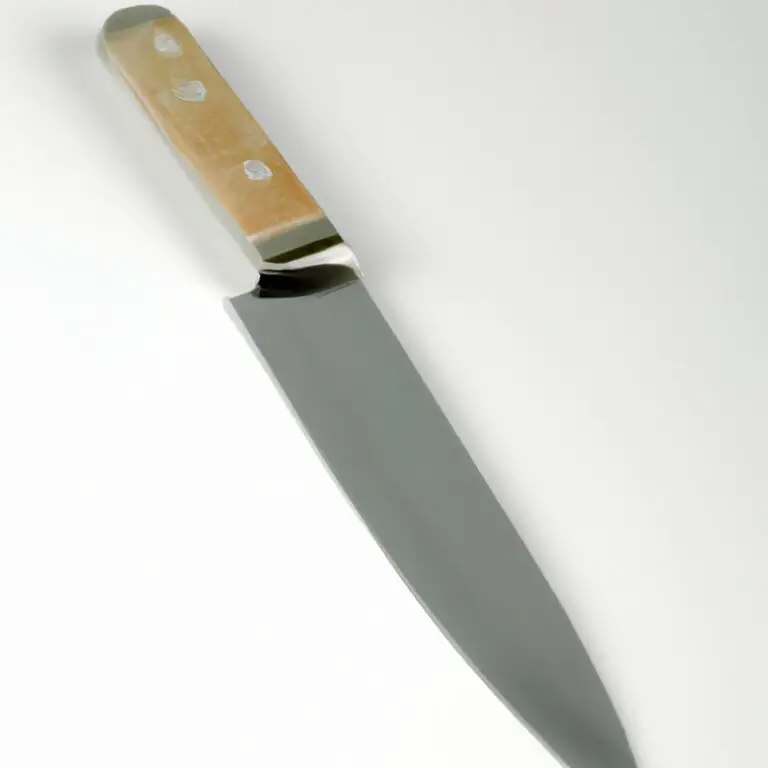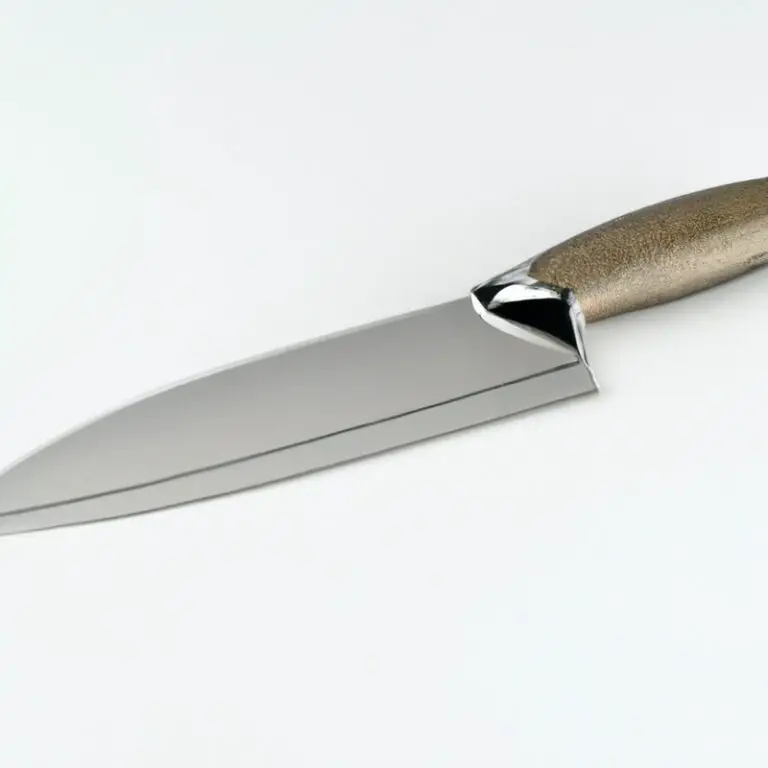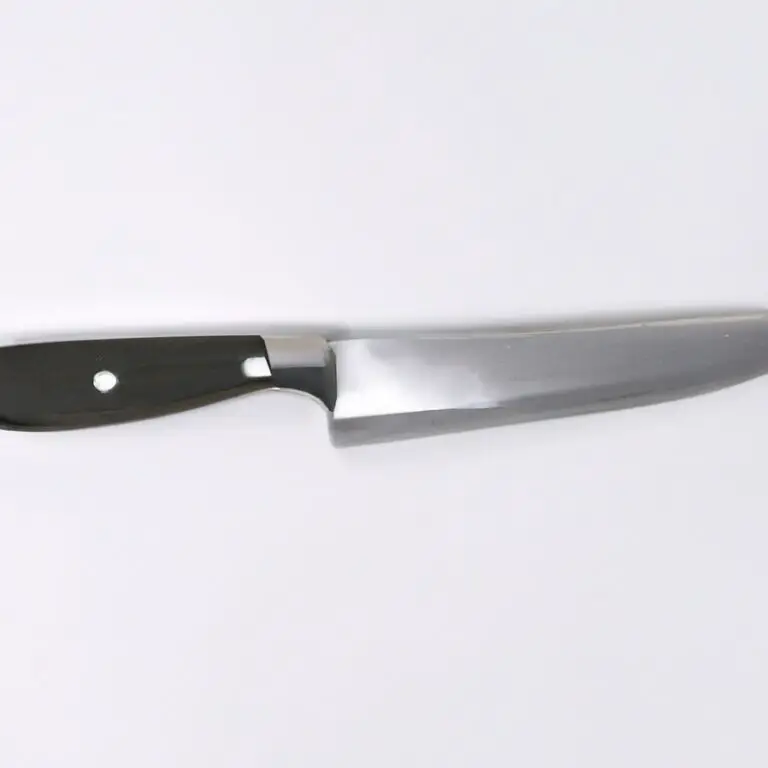Can I Use a Paring Knife To Slice Small Pieces Of Cheese? Easily!
Key Takeaways:
- Paring knives can be used to slice small pieces of cheese, but only if they are sharp enough.
- For best results, consider investing in a cheese knife designed specifically for slicing cheese.
- When using a paring knife to slice cheese, be sure to use a gentle sawing motion to avoid damaging the cheese or the knife.
- Proper storage and handling of cheese is just as important as the tools you use to slice it. Keep cheese refrigerated and wrap it tightly to prevent drying out or mold growth.
Have you found yourself in a cheese-slicing dilemma? You have some small pieces of cheese, but you’re not sure which knife to use.
Fear not, as a self-proclaimed cheese enthusiast, I can confidently say that a paring knife is a great tool to have in your cheese-slicing arsenal.
In this article, we’ll delve into the art of using a paring knife for cheese slicing, explore safety precautions, and discuss alternatives. So, grab your favorite paring knife and let’s get slicing!
Yes, you can use a paring knife to slice small pieces of cheese. However, depending on the type of cheese you’re slicing, a specialized cheese knife may make the job easier and more efficient. Here is a comparison table between a paring knife and a cheese knife when it comes to slicing small pieces of cheese:| Paring Knife | Cheese Knife | |
| Blade Length | 3-4 inches | 5-7 inches |
| Blade Shape | Straight | Slanted and/or curved |
| Blade Thickness | Thinner | Thicker |
| Handle | Variety | Designed for cheese |
| Price | Affordable | Variety of prices |
| Ease of Use | May require more effort and time for certain types of cheese | May make slicing more efficient and comfortable |
Understanding the Paring Knife and Its Uses
A paring knife is a small, short-bladed knife used for precise cutting tasks. The blade is typically 3–4 inches in length and is ideal for tasks that require a high level of control and accuracy.
Paring knives are commonly used for tasks such as peeling fruit and vegetables, deveining shrimp, and seeding peppers.
However, they can also be used for slicing small pieces of cheese. When using a paring knife for cheese slicing, it is important to choose the right type of cheese and to use the correct technique to avoid damaging the knife or injuring yourself.
Paring knives are versatile kitchen tools that are an essential part of any cook’s arsenal and are an ideal choice for tasks that require a high degree of precision.
Types of Cheeses Ideal for Paring Knives
Some types of cheeses that are ideal for using a paring knife include soft and semi-soft cheeses such as brie, camembert, goat cheese, feta, and blue cheese. These cheeses have a softer texture and are easier to slice cleanly with a paring knife.
Harder cheeses like cheddar and parmesan may require a sharper knife such as a cheese knife, but can still be sliced with a paring knife if it is sharp enough.
It is important to note that the ideal cheese for a paring knife depends on the sharpness and condition of the knife as well as the texture of the cheese.
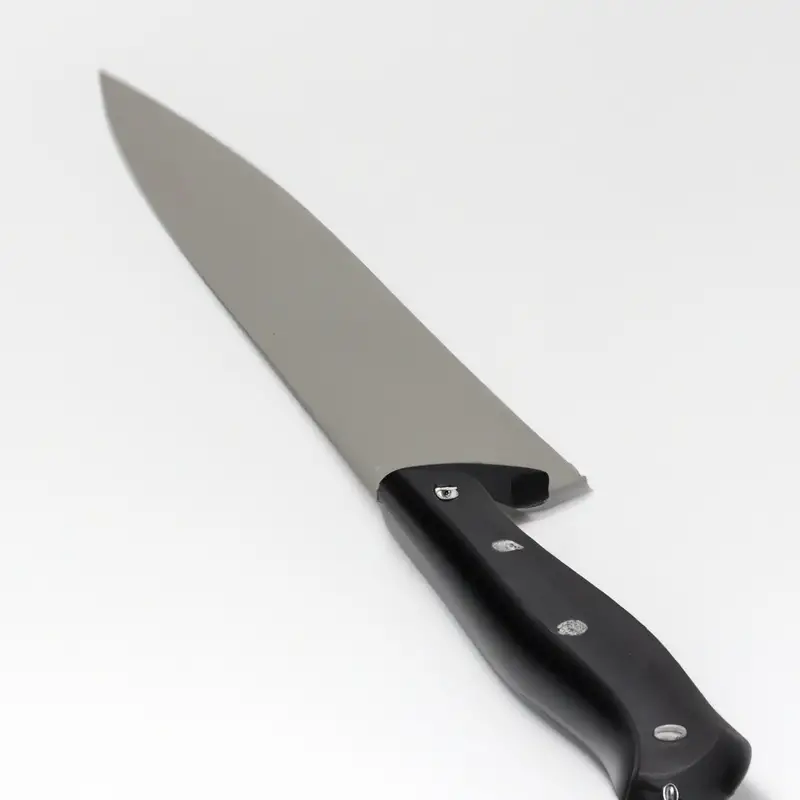
Benefits of Using a Paring Knife for Slicing Cheese
Using a paring knife for slicing cheese has several benefits, including:
- Precision: Paring knives are designed for small, delicate cuts, making them ideal for slicing small pieces of cheese with precision and accuracy.
- Easy to maneuver: The small, lightweight handle of a paring knife allows you to easily maneuver the blade around cheese pieces and make intricate cuts without much effort.
- Versatility: Paring knives are multi-purpose tools and can be used for various other kitchen tasks beyond slicing cheese, such as peeling, trimming, and shaping.
- Cost-effective: Purchasing a high-quality paring knife is an affordable option compared to investing in a cheese-specific knife, which may only be useful for one type of cheese.
- Convenient: A paring knife is small enough to fit in a drawer or on a magnetic strip, making it easily accessible and convenient to use whenever you need it.
By using a paring knife for slicing cheese, you can achieve clean cuts and preserve the integrity of your cheese’s texture and flavor.
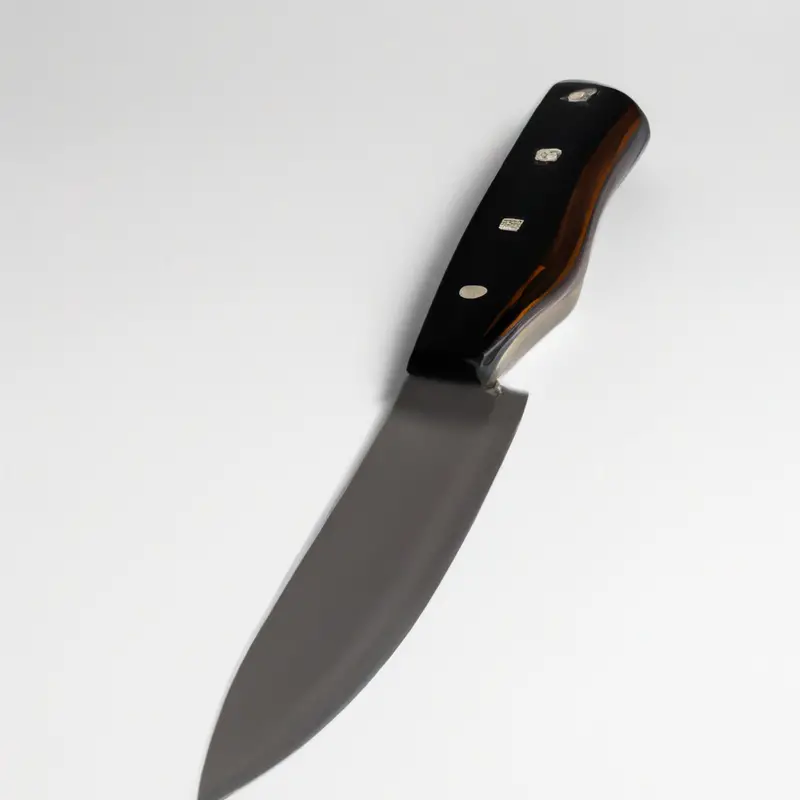
Techniques for Slicing Cheese with a Paring Knife
To slice cheese with a paring knife, start by selecting a cheese that is suitable for slicing with this type of knife. It’s best to choose softer or semi-hard cheeses, as hard cheeses may be difficult to cut with a paring knife.
When you’re ready to slice, hold the cheese firmly with one hand and use the other hand to guide the knife.
Make sure the blade is sharp and clean before you start slicing. To get started, use the tip of the knife to make a small indentation on the surface of the cheese.
Then, use a gentle sawing motion to slice thin strips from the cheese, using the entire length of the blade as you cut.
If you need smaller pieces, simply cut the strips into smaller portions. It’s important to use a gentle sawing motion when cutting cheese to avoid crushing or tearing the cheese.
Take your time, apply steady pressure, and guide the knife carefully as you slice.
If you’re struggling to maintain control over the cheese while slicing, try using a fork or other utensil to secure it in place. This can help you achieve more precise cuts and prevent the cheese from slipping around.
Overall, with a little practice and patience, you can use a paring knife to slice small pieces of cheese easily and efficiently.
Just be sure to select the right type of cheese, maintain a sharp blade, and take care to slice carefully using gentle sawing motions.
Tips for Maintaining a Paring Knife’s Sharpness
To maintain the sharpness of your paring knife for cheese slicing, here are some tips to follow:
- Always use a cutting board: Avoid cutting on hard surfaces like plates, granite or glass tables, which can dull your knife’s edge quickly.
- Clean and dry your knife after use: Rinse it with warm water and mild soap and dry with a clean towel before storing. Moisture can cause rust, corrosion, and make the blade dull.
- Avoid using a dishwasher: The heat can cause the blade to warp, and chemicals can dull the blade’s edge over time.
- Hone the blade regularly: Honing is different from sharpening; it helps align the blade’s edge, keeping it sharp. A honing steel or ceramic rod can be used to hone the knife’s edge quickly.
- Sharpen when needed: Sharpen your paring knife with a sharpening stone or electric sharpener when it feels dull. Avoid using a honing steel or rod to sharpen the blade.
Remember, a sharp knife is safer than a dull one as it will slice through cheese more predictably without slipping. With these tips, you can preserve the life of your paring knife’s edge and enjoy slicing cheese with ease.
Safety Precautions When Using Paring Knives for Cheese Slicing
Safety precautions are important when using a paring knife for cheese slicing. Here are some tips to keep in mind:
- Always keep your hands and fingers away from the cutting edge of the knife.
- Use a cutting board or stable surface to prevent the knife from slipping.
- Keep the knife sharp to prevent it from slipping and causing unintentional cuts.
- Avoid using excessive force when slicing cheese, as this can lead to the knife slipping or breaking.
- Always store knives properly, with the blade covered or secured in a knife block or magnetic holder.
By following these precautions, you can enjoy safe and effective cheese slicing with a paring knife.
Alternatives to Paring Knives for Slicing Cheese
While paring knives are great for slicing cheese, there are also several alternative knives that work just as well. Cheese knives come in a variety of shapes and sizes, each designed for different types of cheese.
For example, a hard cheese knife has a sharp, narrow blade that can easily cut through hard cheeses like cheddar and Parmesan.
Soft cheese knives, on the other hand, have a wider blade and are designed to cut through soft cheeses like brie and camembert without crushing them. Another alternative to a paring knife for slicing cheese is a chef’s knife.
Chef’s knives are versatile and can be used for a variety of tasks, including slicing cheese.
They have a wider blade than a paring knife, making them ideal for cutting through larger blocks of cheese. However, it’s important to note that while a chef’s knife can be used to slice cheese, it may not be as precise as a paring knife when it comes to smaller pieces.
A wire cheese cutter is also a great alternative for slicing cheese, especially for hard cheeses.
It consists of a wire strung between two handles, which can be used to smoothly slice through even the hardest of cheeses. While a paring knife is a great tool for slicing cheese, there are many alternatives available, each with its own unique benefits.
It’s important to consider the type of cheese you’re slicing and the level of precision you require before choosing which knife to use.
Choosing the Right Knife for Your Cheese-slicing Needs
When it comes to selecting the right knife for cheese slicing, consider the type of cheese you will be slicing and the thickness you want to achieve. While a paring knife is suitable for soft cheeses like brie and feta, it may not work well for harder cheeses like cheddar or gouda.
For harder cheeses, a sharp cheese knife or a serrated knife is ideal.
Look for a knife with a long, slender blade that can cleanly slice through the cheese without crushing it. A forked tip can also be helpful for serving the cheese.
For softer cheese, a wire cheese slicer or a cheese plane may be a better option.
These tools allow for thin, even slices without crushing the cheese. When selecting a cheese knife, consider the handle as well.
Look for a comfortable grip that allows for easy control and stability while slicing.
Additionally, make sure the knife is well-balanced and not too heavy, which can make it difficult to control and result in uneven slices. Ultimately, the right knife for your cheese-slicing needs depends on your personal preferences and the types of cheese you typically slice.
Consider investing in a few different types of knives to have on hand for various cheeses and slicing techniques.
How to Select the Perfect Cheese for Your Paring Knife
When selecting the perfect cheese for your paring knife, it is important to consider the texture and hardness of the cheese. Soft cheeses such as brie and camembert are best sliced with a butter knife or cheese spreader, while firm cheeses like cheddar and gouda are well-suited for paring knives.
It is also crucial to determine whether the cheese is aged or fresh, as aged cheeses like Parmesan require a sharper paring knife, while fresher cheeses like mozzarella can be sliced easily with a less sharp blade.
Additionally, consider the shape and size of the cheese. For smaller, cylindrical cheeses, a longer and thinner blade works well, whereas a wider blade is more suitable for larger, block-shaped cheeses.
Remember to always match the cheese to the knife to ensure a clean and effortless slice.
Final Verdict
Using a paring knife to slice small pieces of cheese is not only possible but highly recommended. The paring knife’s sharp, pointed blade enables precise and controlled cuts, making it an ideal tool to slice a variety of cheeses.
By following proper techniques and safety precautions, you can effortlessly create flawlessly sliced cheese and elevate your culinary skills.
Remember to regularly maintain your knife’s sharpness and select the appropriate knife for your cheese-slicing needs. Trust in the reliability of the information presented here to confidently incorporate a paring knife into your cheese-slicing routine and impress your guests with perfectly sliced cheese.
Enhance your cooking experience by embracing the versatility and effectiveness of a paring knife and take your cheese-slicing game to the next level.

